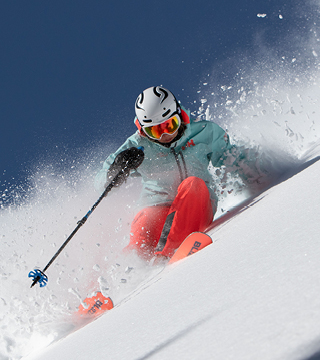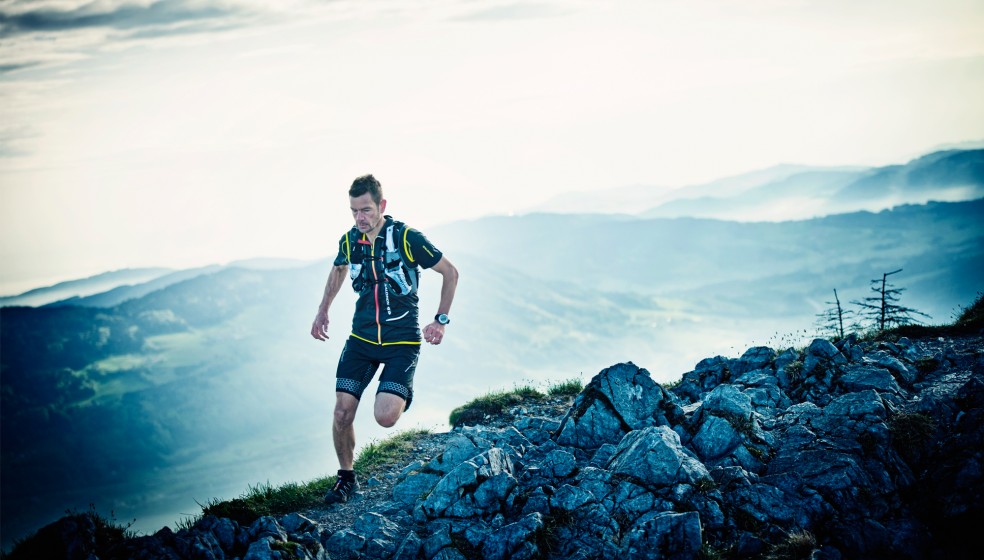A running watch is an essential piece of technology for many runners and can become a valuable training companion. Whether you are hitting the streets for a regular road run, or exploring the mountain trails, the right running watch will give you all the data your need to track and measure your performance. Choosing the right watch depends on what functions you require, and what data you need to measure your performance. Some of us like to know our data, while others require minimal stats along with basic watch features. Here is a rundown of the different features you find in running watches, and why they will be beneficial to your running.
Time Keeping
Tracking your time is one of the most basic functions and most watches will be able to track time in two ways. Not only is it handy to know your elapsed time, but also your split times of different stages of your run. Having a lap /split function on your watch, enables you to time speed efforts, hill climbs, or time trial sections of your run. Knowing your kilometre splits can be a very useful tool to keep your pace constant, which some runners find very helpful when racing. Some watches may have an alert feature, which can be set to let you know whether you are running at the correct pace for your goal time over a set distance.
Heart Rate
Heart rate can be used to measure intensity and is a method of tracking performance improvements. Watches with the capability of measuring your heart rate do so by a strap worn around your chest under your clothing. This strap wirelessly sends a signal to your watch to display your current heart rate. Several models will combine your heart rate data, with your body metrics to give you an estimation of calories burned. By analysing your heart rate data over time, you can track your fitness improvements. If your heart rate gets lower for a given speed, it is an indication of improved fitness. This means that you are able to run faster before you reach your maximum heart rate. Heart rate data can be very helpful when running in an endurance event, as it can let you know what intensity to run, preventing running too hard at the beginning of the race and burning out. It can also be a helpful during interval training sessions, as it is a measurement of intensity. Several watches with heart rate capability will have the ability to calculate individual heart rate zones, specific to your fitness level, and will help you reach your personal performance goals.
Speed and Distance
There are two ways a watch can track your distance and speed. Lower end watches may have a pedometer function, which measures stride length and count to estimate your distance travelled. Together combined with a time keeping function, the watch can estimate your speed and pace. Although a pedometer is not the most accurate way of measuring distance and speed, it can be useful for indoor sports involving running, such as netball or basketball, to give you data without requiring outdoor satellites. The more accurate way of measuring speed and distance is through a GPS (global positioning satellite) enabled device. GPS enabled watches can be expensive, however can be very useful tools to track you’re route and give you reliable data. Some of the more high end watches will have a GPS unit built into the watch, where as some will have a separate GPS tracking unit that you attach to your shoe, clothing or carry in your pack. These GPS pods wirelessly connect to your watch to display your speed and distance.
Altitude
Several watches will have a built in altimeter to determine altitude and calculate your total ascent and decent during an undulating run. There are two different types of altimeters; GPS based or barometric based. A GPS based altimeter uses signals from satellites to calculate your attitude, and is not the most accurate measure, but will give you an estimate of your total ascent and descent. A barometric based altimeter uses atmospheric pressure to measure altitude and is a much more accurate measurement. If you spend a lot of time running in the hills, then an altimeter is a very handy feature. Seeing 5km on your post run stats does not look that impressive, especially if your running time is seemingly long. But add 1000m of total climbing into your stats and that’s a whole different training profile. If you enter a trail or mountain race and the race profile tells you that there is 2000m of total climbing in the race, your watch can tell you how many metres you have climbed and how many more hills there are to come.
Data Transfer
Most running watches will have the capability of transferring data from your watch onto a website where you can store, analyse, and share your runs with your friends. Garmin, Polar and Suunto, all have their own websites and downloadable software for you to link your watch and transfer your data. The cool thing about having a GPS enabled watch, is that you can view exactly where you have been on a map and share this with your friends. Most of the higher-end watches are able to wirelessly connect to your computer to sync data, where as some models require a cord that attaches via a USB port.
Battery
There are two types of batteries in running watches; either a standard replaceable watch battery, or a lithium-ion battery that is rechargeable. Entry level watches with limited features tend to have regular watch batteries and more expensive, GPS enabled, watches have rechargeable lithium-ion batteries. Most models will last between 6-8 hours in GPS mode; however the higher end models can last up to 50 hours. If you are looking for a watch to last several days tramping in the hills or for an ultra-running race that could take up to 20 hours, then you will need a watch with a high quality battery.
Additional Features
There are many other additional features of running watches that you may find useful including; temperature, sunset/sunrise times, digital compass, POI (points of interest), track back, sea level pressure, multisport modes and indoor swimming functions. Choosing the right watch for your running, and cross training activities depends on what features are essential to you.
See you out there,
Whitney Dagg
Torpedo7 Dunedin


















